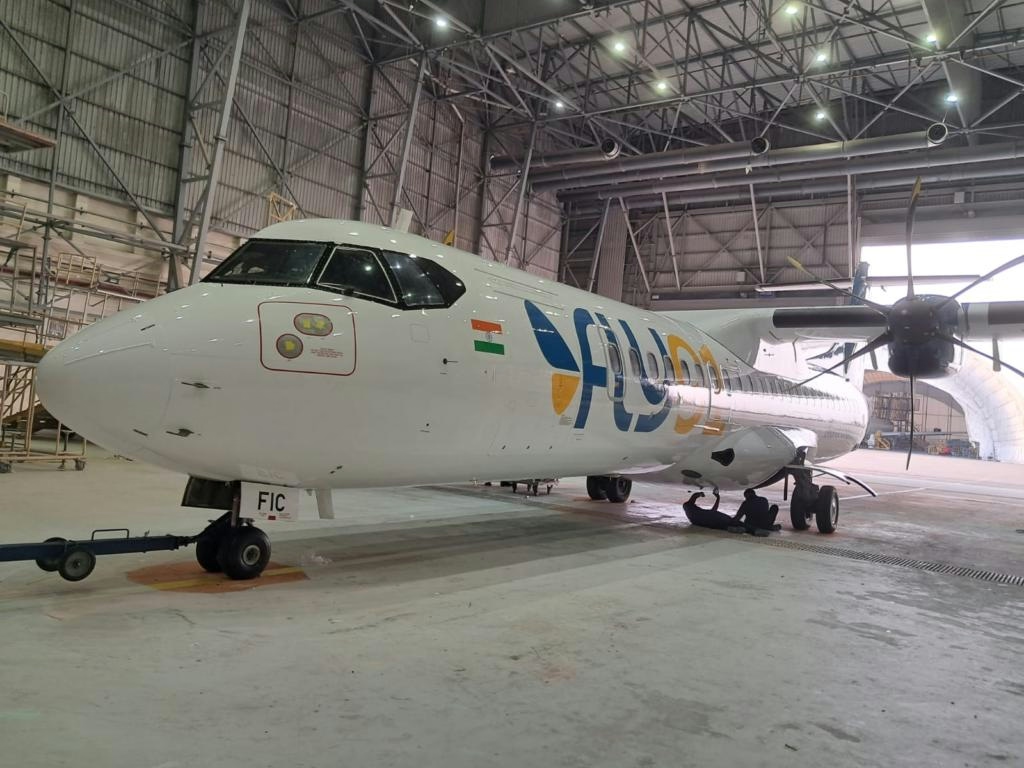
AeroGenie — 您的智能副驾驶。
热门趋势
Categories
Airbus Faces Challenges as A320neo Production Slows
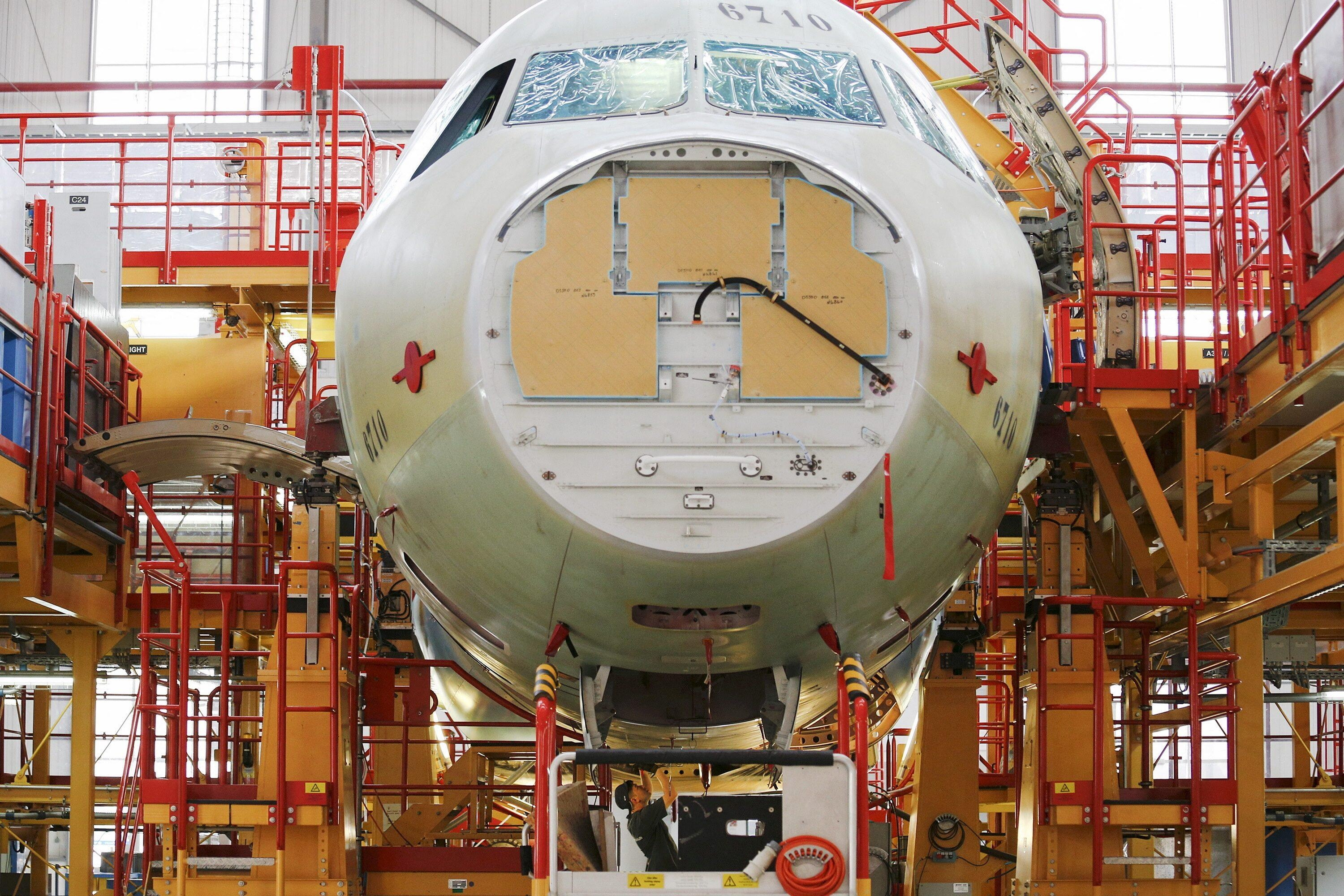
Airbus Faces Challenges as A320neo Production Slows
Production Delays and Engine Supply Issues
Airbus is currently confronting significant production delays for its A320neo-family aircraft, with nearly 40 jets held at its facilities awaiting engine installation. Despite these setbacks, Christian Scherer, Airbus’s commercial aircraft chief, asserts that the underlying performance of single-aisle production is showing signs of improvement. In the first five months of 2024, Airbus delivered 189 A320neo-family aircraft, a decline from 208 deliveries during the same period last year. Speaking at a briefing in Toulouse on June 11, Scherer emphasized that if not for the engineless aircraft backlog, delivery performance would be slightly ahead of plan, indicating a healthier production ecosystem.
The delays primarily stem from supply chain disruptions affecting the availability of CFM International Leap-1A engines, one of the two engine options for the A320neo family, alongside Pratt & Whitney’s PW1100G. Scherer described the inventory of completed but engineless aircraft as “good cholesterol,” underscoring that once the engines arrive, these jets will be promptly delivered. He highlighted Airbus’s mature relationship with CFM but cautioned that there is no definitive timeline for a significant increase in engine deliveries, only a gradual ramp-up that the company is monitoring closely. Financially, Airbus’s performance remains largely satisfactory despite the inventory buildup.
Production Targets and Industry Context
Airbus aims to achieve a monthly production rate of 75 A320neo aircraft by 2027. While the company has been reserved about revealing detailed progress, Scherer indicated that current production is “just cruising past” 60 aircraft per month. He acknowledged fluctuations caused by supply chain waves but affirmed that the trend is moving in the right direction.
This production slowdown occurs amid broader challenges facing the airline industry, including rising operational costs and ongoing supply chain constraints. A recent report by Skift on the sector’s outlook for 2025 highlights these pressures, noting that airlines are adapting to the evolving environment. For instance, IndiGo has reported a reduction in groundings of Pratt & Whitney GTF-powered aircraft, suggesting shifts in market dynamics that may influence future demand and supply.
Continued Demand and Supply Chain Improvements
Despite production bottlenecks, demand for the A320neo remains strong. Royal Jordanian recently took delivery of its first A320neo from lessor Avolon, while Gulf Air is expanding its narrowbody fleet through a new lease agreement with BOC Aviation. These transactions reflect sustained interest in Airbus’s products even as the company navigates supply challenges.
Elsewhere in Airbus’s operations, supply chain disruptions have eased considerably, though some issues persist. Scherer noted that the “overall disturbance” across Airbus programs, which once involved thousands of missing parts, has largely abated. However, widebody production continues to face constraints, particularly due to shortages of cabin components such as lavatory modules for the A350, produced by Safran in Mexico. Scherer remarked, “You can’t really build an airplane without toilets,” identifying this as the current bottleneck in widebody manufacturing.

UAE Plans to Launch First Flying Taxi Service

Alex Wilcox, Co-Founder and CEO of JSX, Redefines Regional Air Travel Through Customer-First Innovation
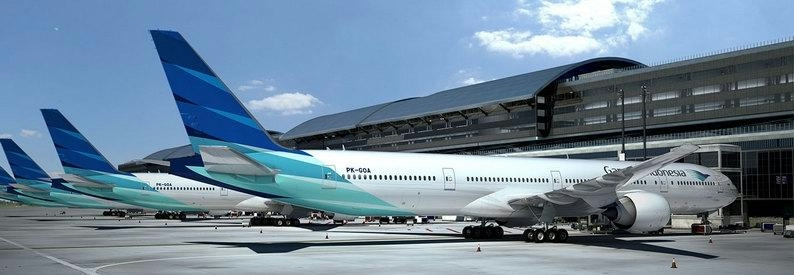
Garuda Indonesia MRO Unit Completes $332 Million Land Injection

India’s Aviation Growth Strains Hangar Capacity
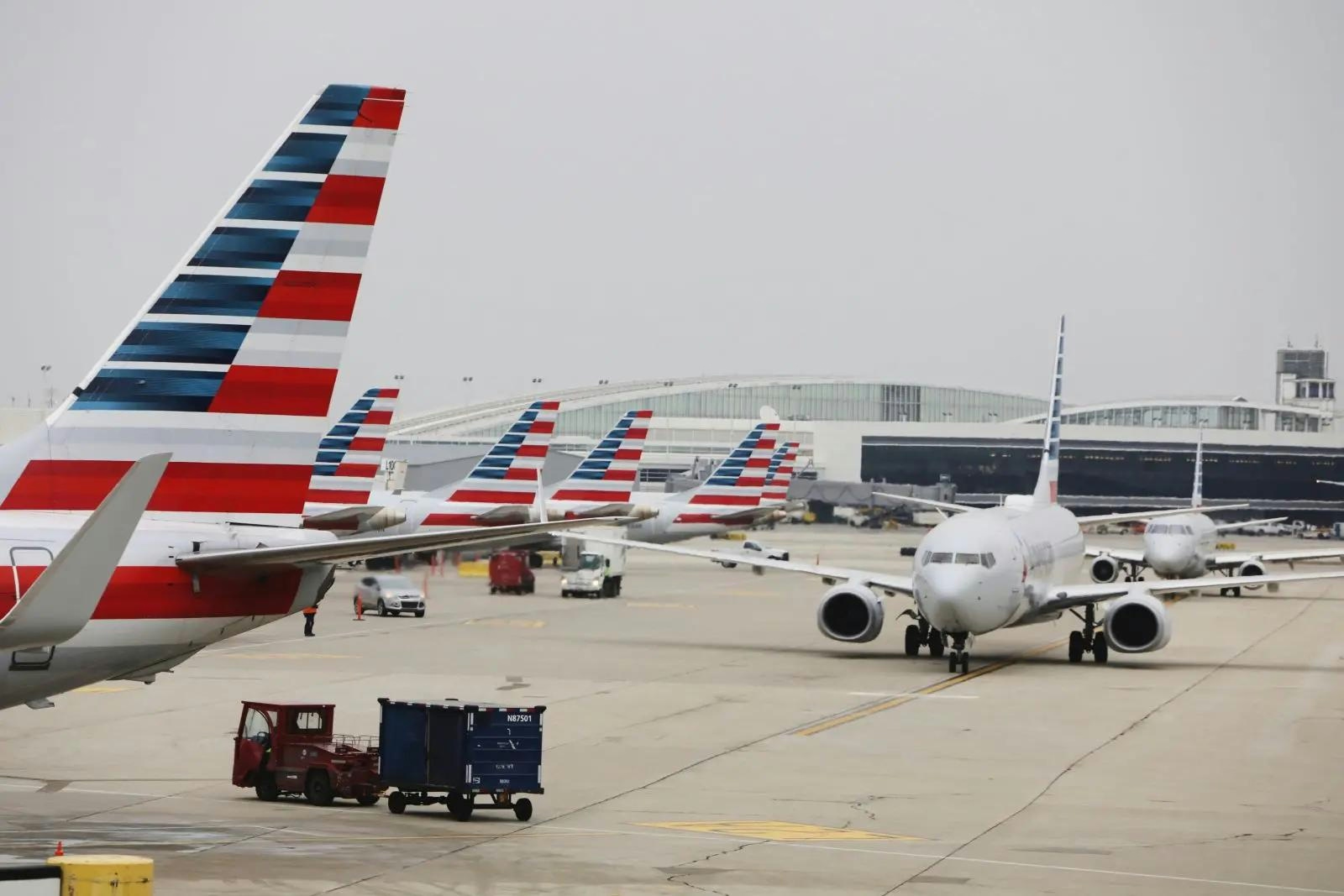
American Airlines Marks 100 Years of Flight with Centennial Events in 2026
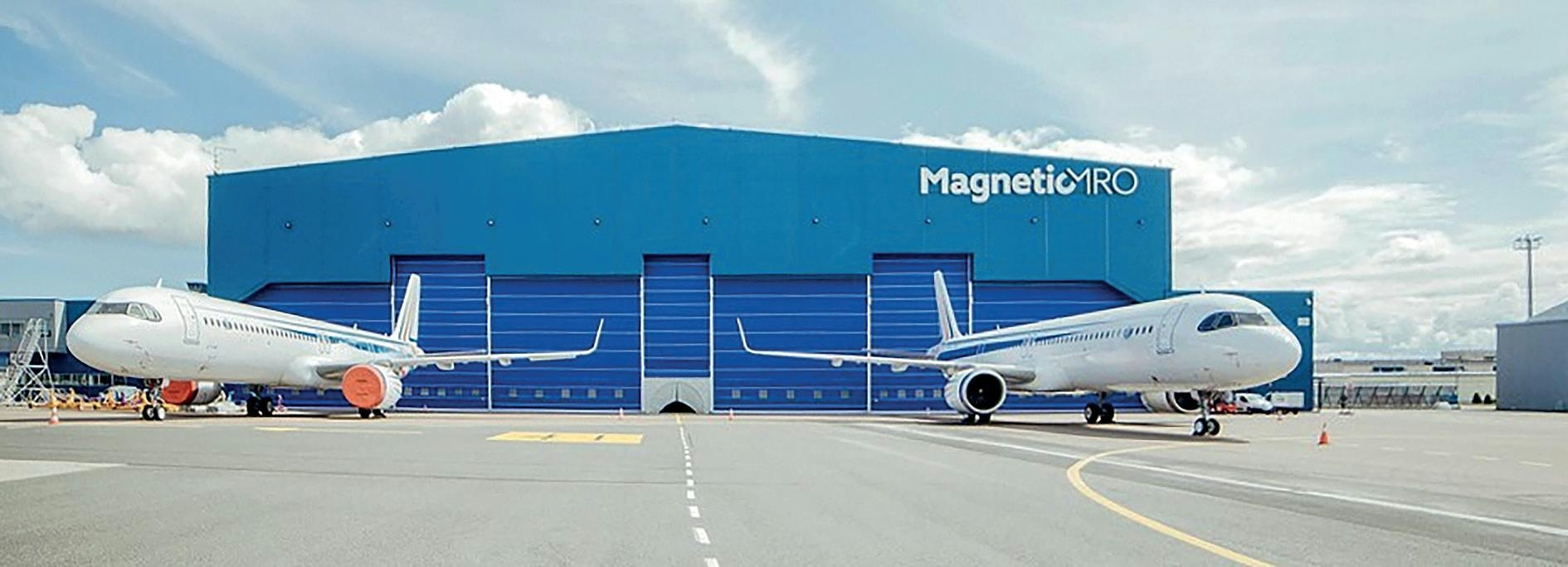
Thai Airways selects Trax and Aerostrat to drive its digital MRO transformation
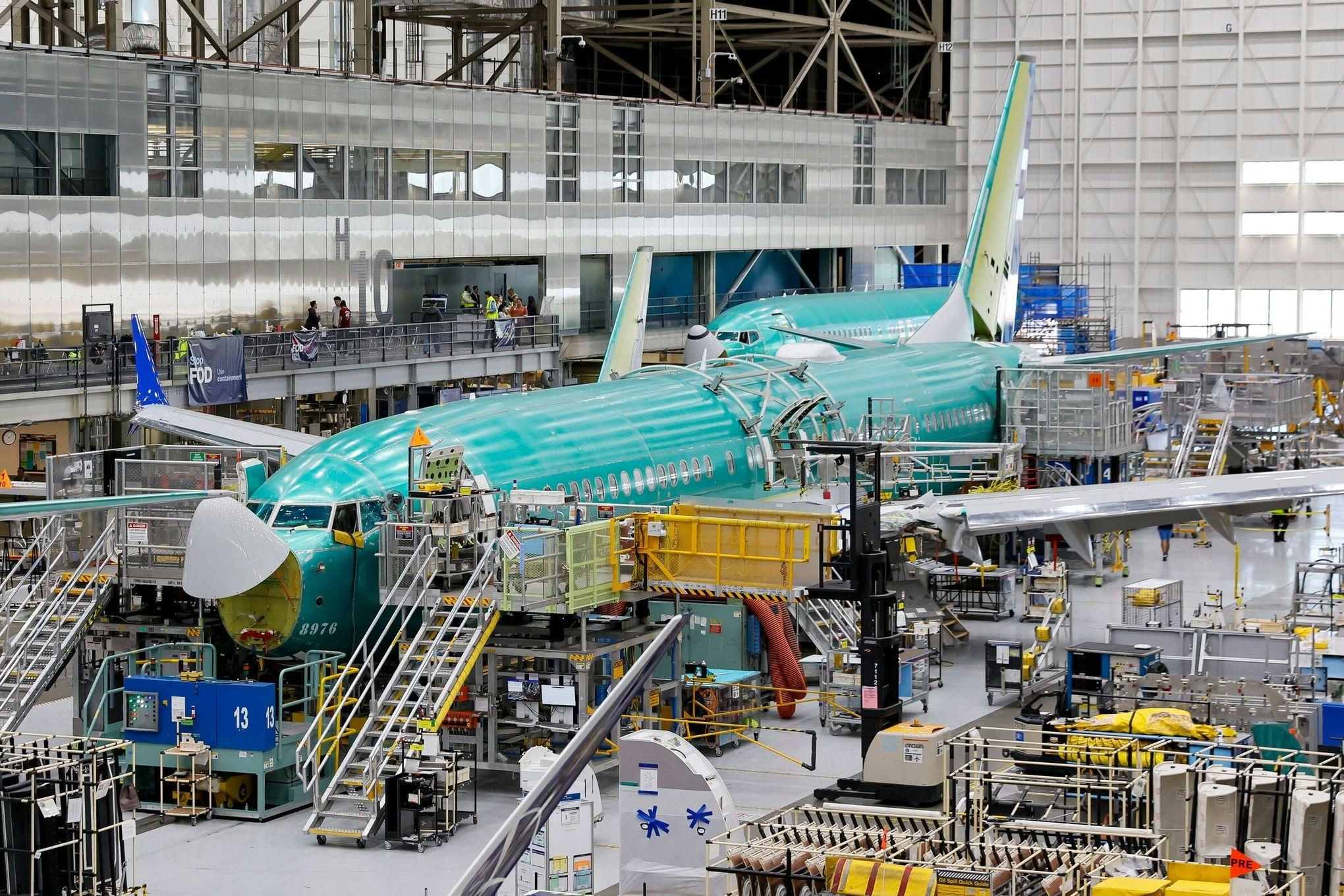
December 2025 Commercial Aircraft Production and Airbus and Boeing Deliveries
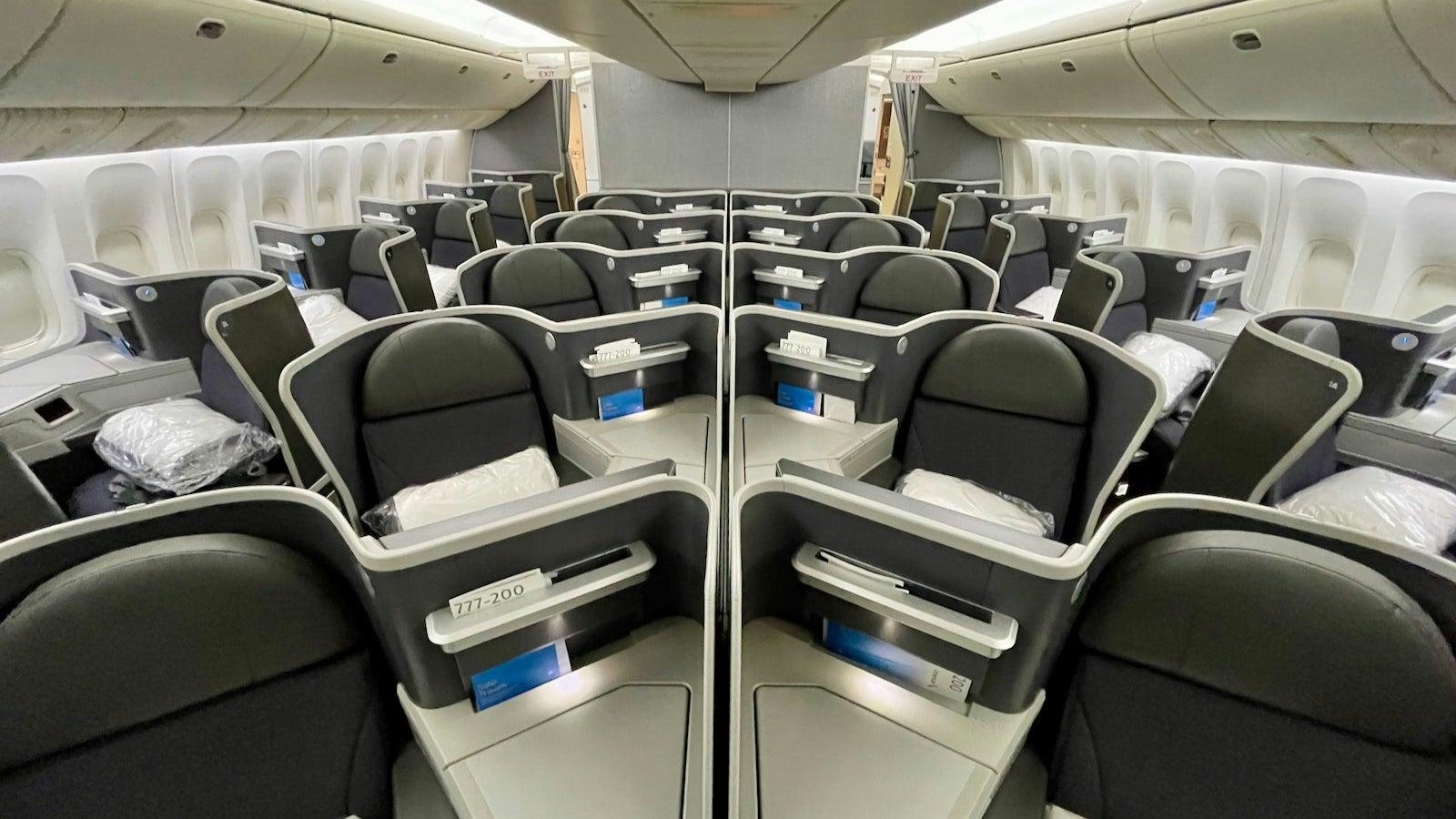
American Airlines Uses AI to Improve Family Travel Experience

Outlook for GE Aerospace in 2026
